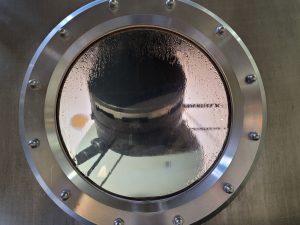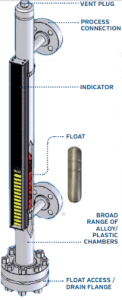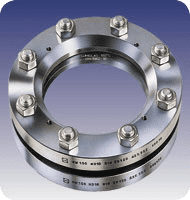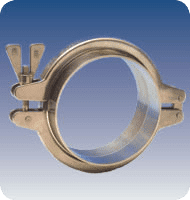For a process engineer, being smooth means more than knowing which wine to order in a fancy restaurant. In plant operations, the surface finish of a process vessel, piping, and related components can have profound effects on how well a fluid system performs. Surface roughness can affect fluid flow resistance (friction), adsorption/ desorption, bacteria growth, the build-up of chemicals from a process fluid, corrosion formation, pressure drop, etc. Ultimately, the smoothness of a surface finish can affect service life and maintenance costs. In a sight glass, for example, the surface roughness of both the glass and the metal mounting ring are critical for achieving a good seal in the installation.
Increasingly stringent specifications are creating greater demand for improved surface finish on most metal components that are part of process equipment. In particular, the pharmaceutical and biotechnology industries require surfaces in contact with the process media to have finishes that meet the ASME-BPE-2009 Standard. This standard provides specifications for the design, manufacture and acceptance of vessels, piping and related components for application in equipment used by the bioprocessing, pharmaceutical, and personal care product industries. This standard includes aspects related to sterility and cleanability, materials, dimensions and tolerances, surface finish, material joining, and seals.
To learn about techniques commonly used to reduce the surface roughness of metals used in fluid vessels, piping, and related components, request your free copy of the L.J. Star white paper, Surface Finish: An Important Characteristic in Fluid System Components.




